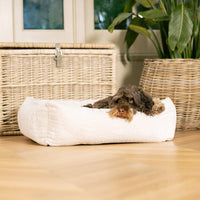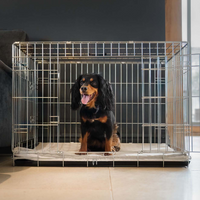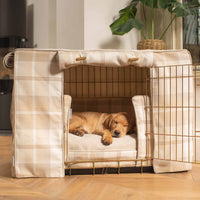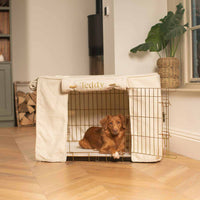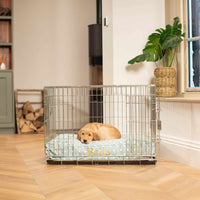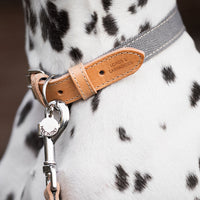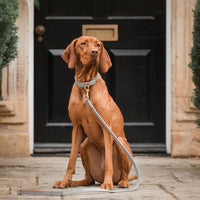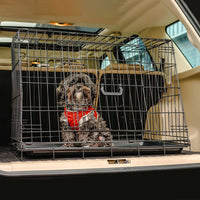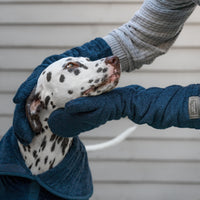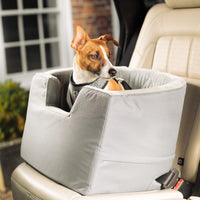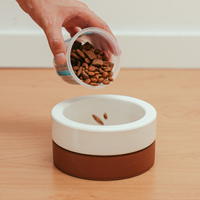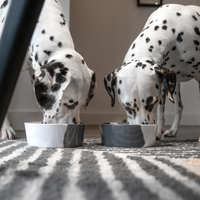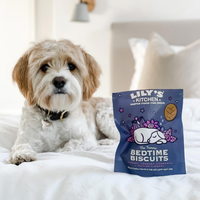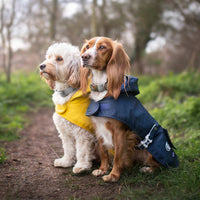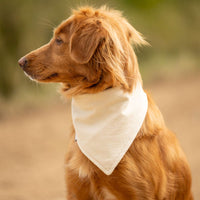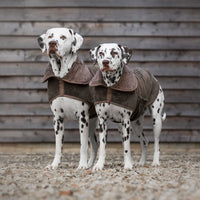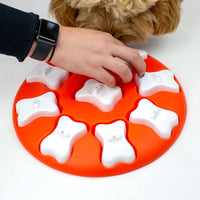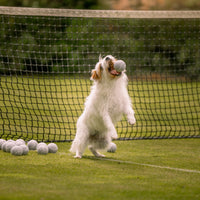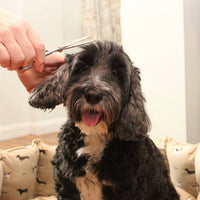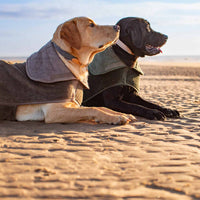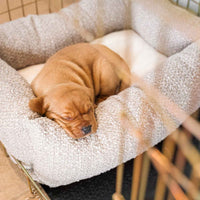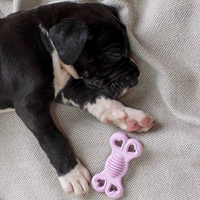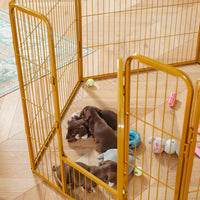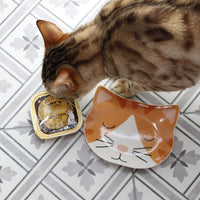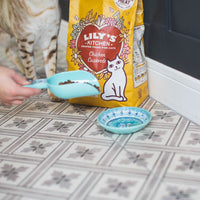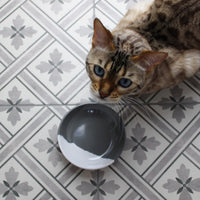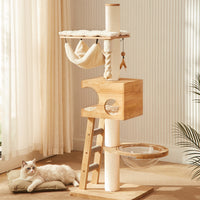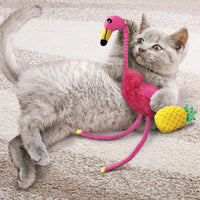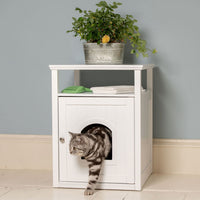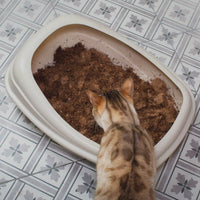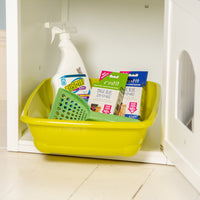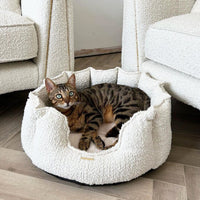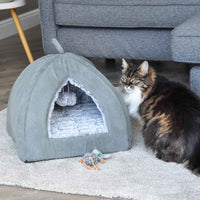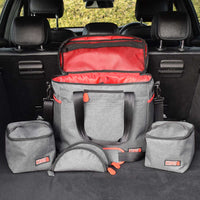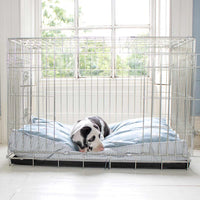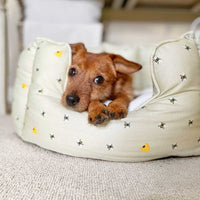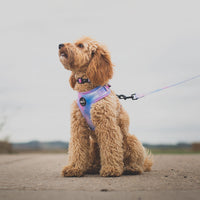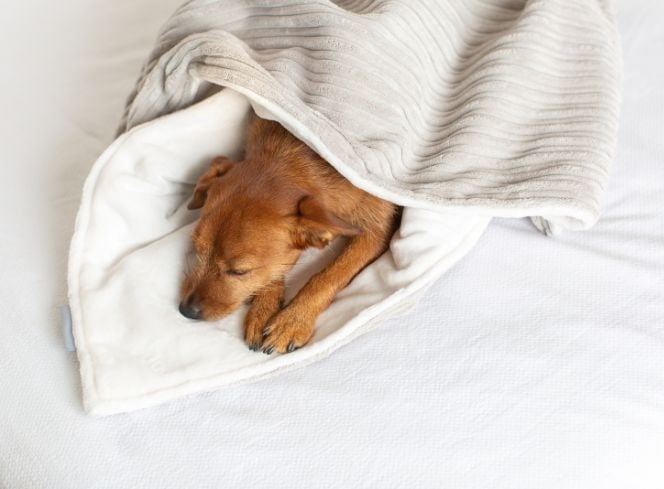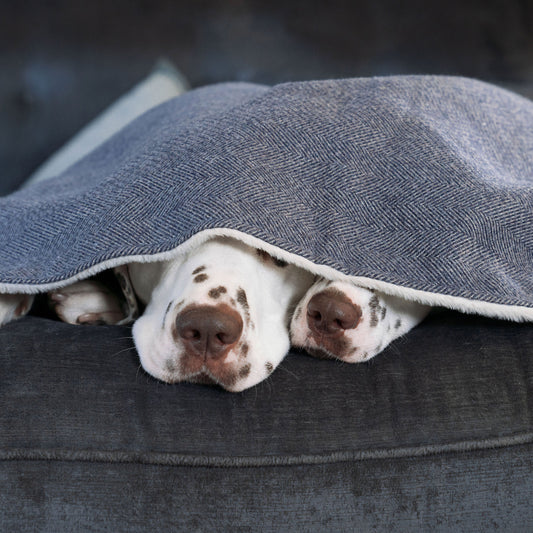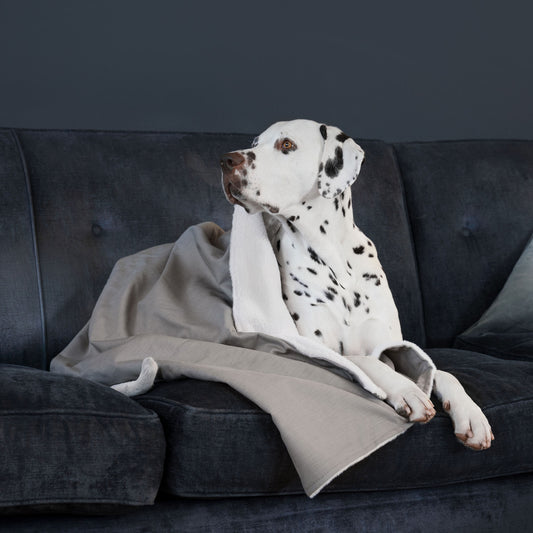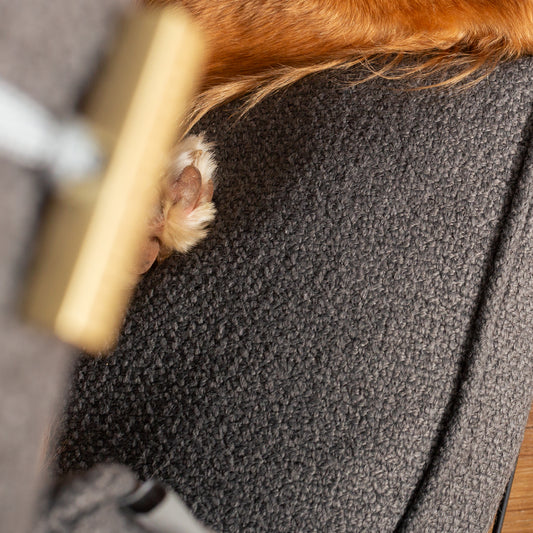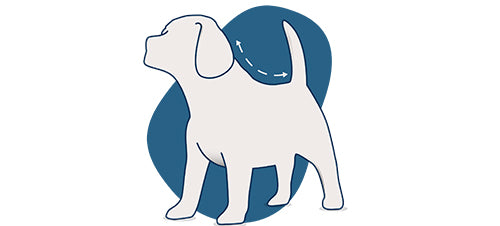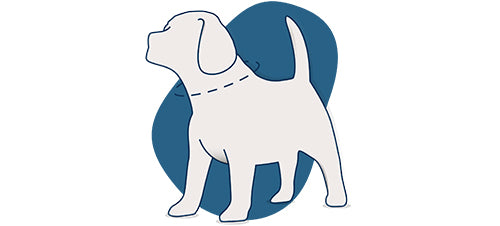We all know how much our furry companions love their cosy blankets. However, keeping these items clean can be a bit challenging, especially if you don't have access to a washing machine. But fear not, for in this guide, we will share expert tips on how to clean your dog's blankets effectively without the use of a washing machine. Say goodbye to stubborn pet odours and dirt!
1. Gather Your Supplies
Before diving into the cleaning process, it's essential to gather all the necessary supplies. Here's what you'll need:
- Mild Detergent: Opt for a gentle, pet-safe detergent to avoid any skin irritations.
- Bathtub or Large Basin: You'll need a spacious container to soak and rinse the dog blankets and bed cover.
- Vacuum: A vacuum is great for helping you to remove any debris from your pet's blanket, we'd recommend using an upholstery attachment if you have one!
- Scrub Brush: A soft-bristle brush will help you remove dirt and pet hair effectively.
- Towels: Have some clean towels on hand for drying the items after washing.
- Sunlight: Natural sunlight acts as a powerful disinfectant and helps eliminate odours.
2. Shake and Vacuum

Start by taking your dog's blankets outdoors, if possible. Shake and brush to remove loose dirt, fur, and debris. Consider using a vacuum cleaner with an upholstery attachment to ensure a thorough cleaning.
3. Pre-Treat Stains
Inspect the blankets for any stubborn stains or odorous spots. Apply a small amount of mild detergent directly to these areas and gently scrub with a brush. Allow the detergent to sit for a few minutes to penetrate the stains.
4. Soak in a Bathtub

Fill your bathtub or a large basin with lukewarm water. Add a small amount of pet-safe detergent and agitate the water to create suds. Submerge the blankets ensuring they are fully soaked. Let them soak for 15-20 minutes to loosen dirt and odours.
5. Hand Washing
After soaking, use your hands to gently agitate the blankets in the soapy water. Pay extra attention to stained areas and spots with lingering odours. Continue this process for a few minutes.
6. Rinse Thoroughly

Drain the soapy water and refill the bathtub with clean, lukewarm water. Rinse the blankets thoroughly, ensuring no detergent residue remains. You may need to repeat this step a few times until the water runs clear.
7. Squeeze Excess Water
Carefully squeeze out excess water from the blankets. Avoid wringing them, as this can damage the fabric and distort their shape.
8. Drying in the Sun
Place the wet items outside in direct sunlight to dry. Sunlight is not only a natural disinfectant but also an excellent deodoriser. Allow the blankets to dry completely. This may take several hours, so be patient.
9. Fluff and Fold
Once your dog's blankets are completely dry, fluff them up by shaking and gently patting. Fold them neatly and place them back in your pet's favourite spot.
Cleaning your dog's blankets without a washing machine may require a bit of extra effort, but it's entirely doable with the right approach. By following these expert tips and using pet-safe products, you can ensure your furry friend enjoys a fresh and clean resting place. Regular maintenance and cleaning will not only keep your dog happy but also contribute to a healthier living environment for both of you.


